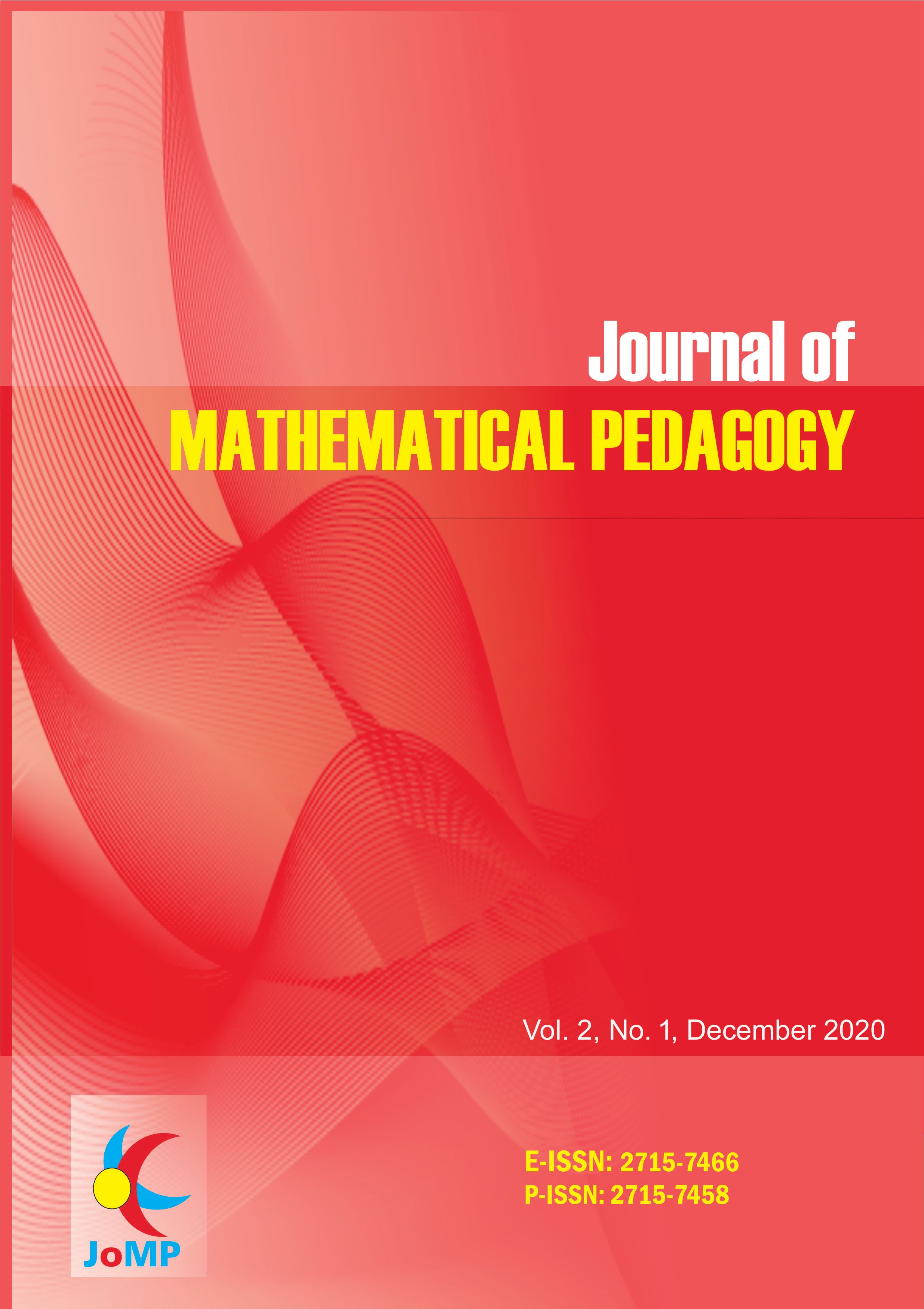Mathematics Anxiety and Students Creative Thinking Process in Solving Number Patterns Problems
DOI:
https://doi.org/10.26740/jomp.v2n1.p8-17Keywords:
Creative Thinking Process, Mathematics Anxiety, Number PatternsAbstract
This research aims to describe students creative thinking process with high and low mathematics anxiety in solving number patterns problems. The research used a descriptive qualitative method. The subject of this research data was 27 students of Junior High School class VIII. The research subjects is one student with the highest levels of creative thinking ability at each level of mathematics anxiety. Data collection techniques used in this research were questionnaires, tests, and interviews. The result data of mathematics anxiety questionnaire were analyzed by summing the scores of each student. Scoring is based on a five-point Like Scale. Data analysis of the results of problem-solving tests refers to the indicators of creative thinking abilties namely fluency, novelty, and flexibility. Interview data were analyzed based on of the creative thinking, namely synthesizing ideas, generating ideas, planning the application of ideas, and applying ideas. The results showed that student with high mathematics anxiety cant understand the purpose of the tests, can only generate one solution idea. Student with low mathematics anxiety productively in generating ideas to solve the problem.
Keywords: Creative Thinking Process, Mathematics Anxiety, Number Patterns.
References
 Abstract views: 567
,
Abstract views: 567
, PDF Downloads: 440
PDF Downloads: 440





